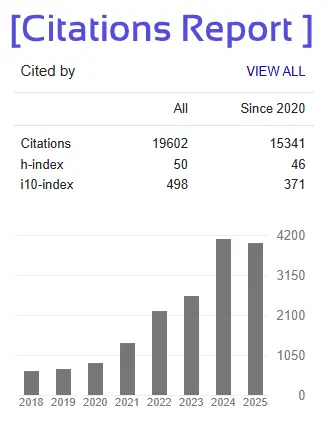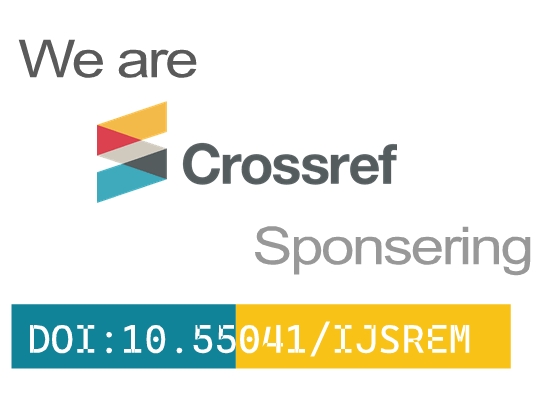“A Comparative Study of Seismic Performance of the Reinforced Concrete Buildings with and Without Rubber Base Isolation Under Zone III and IV Conditions"
1 Shubham Anandrao Sutar, 2 Mrudula Dilip Bhoi, 3 Sandesh Ganesh Lokhande, 4 Sanket Pravin Karave, 5 Omkar Babasaheb Patil, 6 Rohit Shivaji Mohite, 7 Prof. D. G. Patil.
1-6 Students of B.Tech, Civil Engineering, Ashokrao Mane Group of Institutions Vathar, Tarf Vadgaon, Dist. -Kolhapur, Maharashtra, India.
7 Assistant Professor, Department of Civil Engineering, Ashokrao Mane Group of Institutions Vathar,Tarf Vadgaon, Dist.- Kolhapur, Maharashtra, India.
Abstract- The paper aims at discussing the comparative seismic analysis of reinforced concrete (RC) buildings with and without rubber base isolation system in terms of their performance under earthquake loading in Zone III and IV Seismic Zones. By means of ETABS software, the building models (G+15, G+25 and G+35) of different heights were simulated to achieve the seismic behavior being measured by parameters which include base shear, negative value of maximum story displacement and inter-story drift. Lateral seismic force analyses were conducted by adhering to IS 1893:2002 as laid out using response spectrum to provide the responses of the structure as well under fixed-base as under rubber-isolated system. The findings show that base-isolated buildings have the significant decrease of seismic forces: base shear, maximum displacement, and story drift were reduced by 40 45 percent, up to 48 percent and to about 35 40 percent, respectively, over the corresponding values of fixed-base buildings. More of these improvements were felt in buildings that were taller and those that were at higher seismic zones. The results support the effectiveness of rubber base isolators in improving structural stability, occupant protection, and the maintenance of operation within earthquakes. In support of this study, this paper helps establish base isolation as a potential seismic retrofitting tool applicable to mid- to high-rise RC building structures, and in providing the worth of base isolation through its application in earthquake-resistant design and structural engineering activities.
Keywords: Base Isolation, Earthquake Engineering, ETABS Simulation, Reinforced Concrete, Seismic Response







